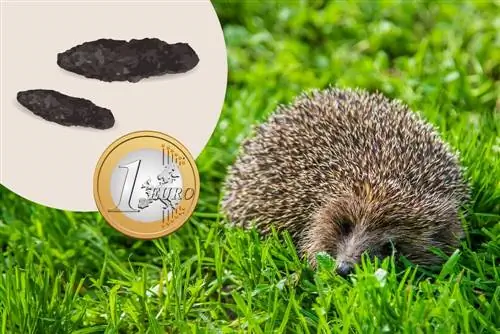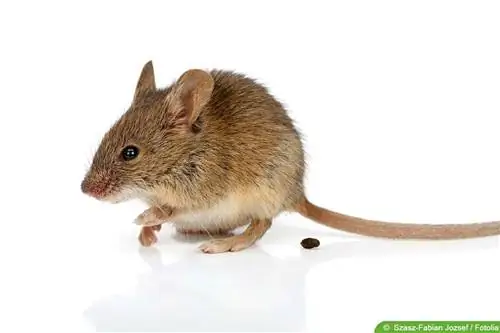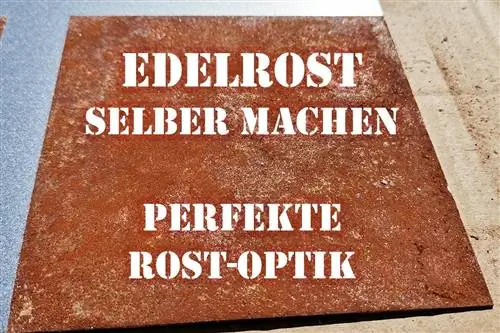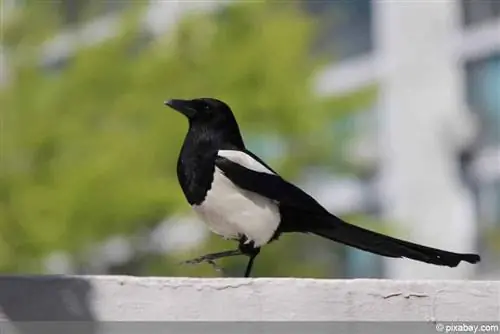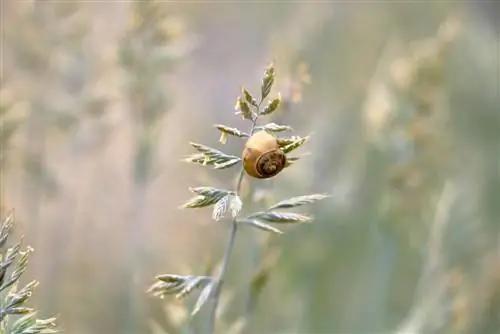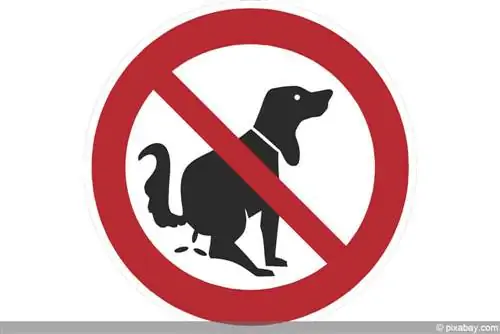- Author admin [email protected].
- Public 2023-12-17 03:39.
- Last modified 2025-06-01 06:48.
Every garden owner finds traces of excrement in the garden from time to time. But is that marten, fox, rat or hedgehog droppings? The excrement can usually be easily distinguished based on its appearance and texture.
Clear evidence of hedgehog droppings
An indication of the presence of hedgehogs in the garden is their droppings. On the other hand, direct encounters with the shy animals are rare. To be sure that it is actually hedgehog droppings (solution), you have to look a little closer.
- Hedgehog poop is shiny, black to dark brown
- More recognizable by the shape, less by the smell
- Long, rolled with tapered ends
- Between three and six centimeters long
- Eight to twelve millimeters wide
- Some remains of insects, berries, hair or feathers can be seen
- Preferred on green areas, beds, paved paths and terraces
- Mostly spread wide, as hedgehogs are constantly on the move
- Smell varies in intensity depending on the food consumed
Tip:
Rat droppings are also scattered around. But you can usually find it along a wall or wall. In addition, rat droppings are significantly smaller at one to two centimeters.
Solution - indication of the hedgehog’s he alth condition
A change in consistency and color can indicate that the animal is sick. If this is the case, the feces not only look different, they also smell much more intense and even disgusting. It is no longer black, but green to light green. A shape is no longer recognizable and it has a mushy, slimy and soft consistency. A sick hedgehog may also be out and about during the day, which distinguishes it from its he althy counterparts.
Tip:
If everything points to a sick hedgehog, it should be given veterinary treatment as quickly as possible by an experienced person who has sufficient knowledge and appropriate authorizations.
Leaves can transmit diseases
Hedgehog poop is not only unpleasant, it can also transmit serious diseases to people and pets. One must not forget that the hedgehog is a wild animal that comes into contact with all sorts of pathogens.
- As a wild animal, it is naturally infested with parasites and other pathogens
- Without being sick yourself
- Low to medium infestation usually normal
- Infestation with external parasites such as hedgehog fleas and internal parasites such as worms
- A bacterium closely related to the diphtheria pathogen can also be transmitted
- Transmission via animal feces
- May affect people and pets
- Infection with salmonella or leptospires (bacteria) possible
- As well as fungal skin infections, so-called mycoses
- Diphtheria-like pathogens can cause serious illnesses
- Skin and lymph node abscesses, respiratory infections, neurological damage and heart inflammation
Tip:
To protect against all of these pathogens, careful hygiene when disposing of excrement is essential. This makes it all the more important to avoid direct contact as much as possible.
Remove debris properly
As already mentioned, hedgehogs often do their business on paved and paved areas but also on beds and green areas. It should be removed as soon as possible. This is relatively easy to do from paved surfaces using conventional cat litter and a cat litter scoop. Alternatively, you can use a special barf tong with two gripping arms if you have one on hand. It is then advisable to treat the area in question with a vinegar cleaner, which will also neutralize the odor.

Removing hedgehog droppings is a little more difficult on unpaved surfaces such as a lawn. You should use disposable gloves for this. You use them to pick up the excrement and, like picking up dog excrement, pull the glove off over your hand so that the excrement ends up in the glove. The whole thing is then disposed of with household waste. Here, too, it is advisable to rinse the area in the lawn with plenty of water afterwards. If the lawn is mown short, vomiting tongs can also be used if necessary.
Tip:
Hedgehog poop should not be disposed of in the compost heap. Otherwise, so-called pathogenic pathogens (germs with disease-causing properties) could spread in the garden this way.

